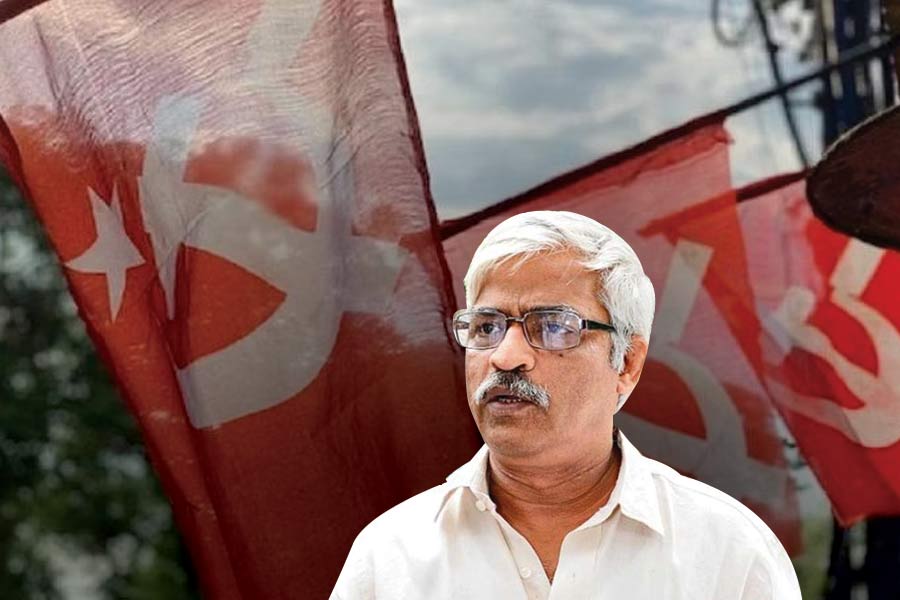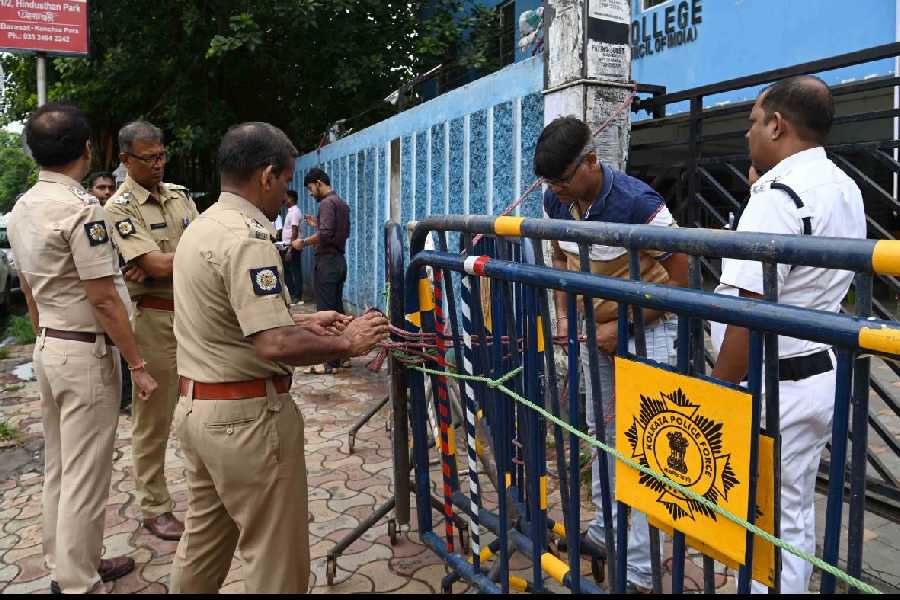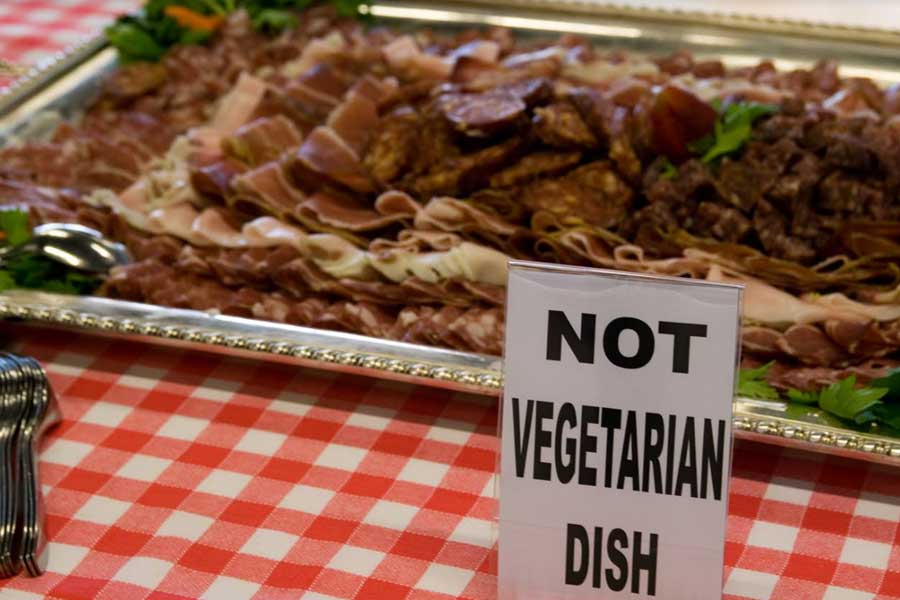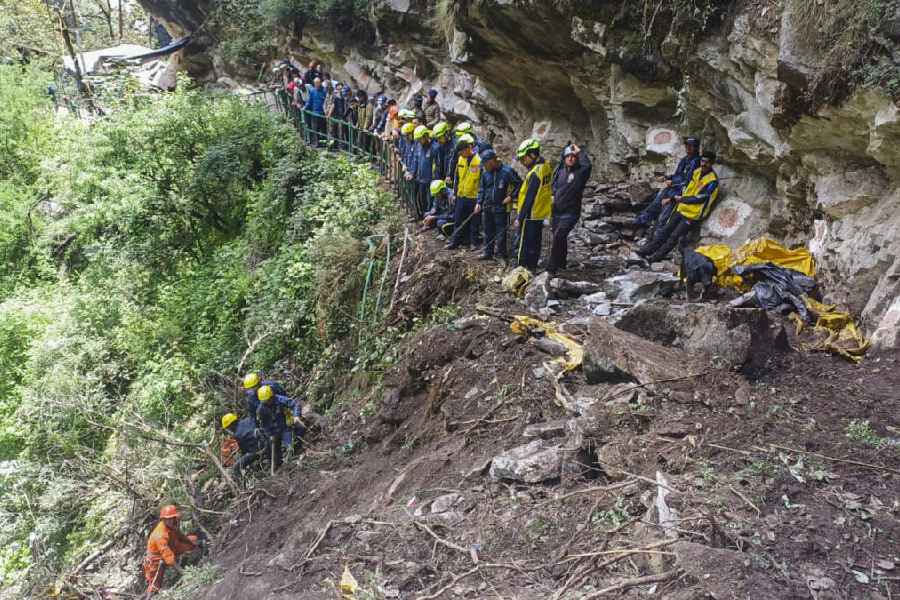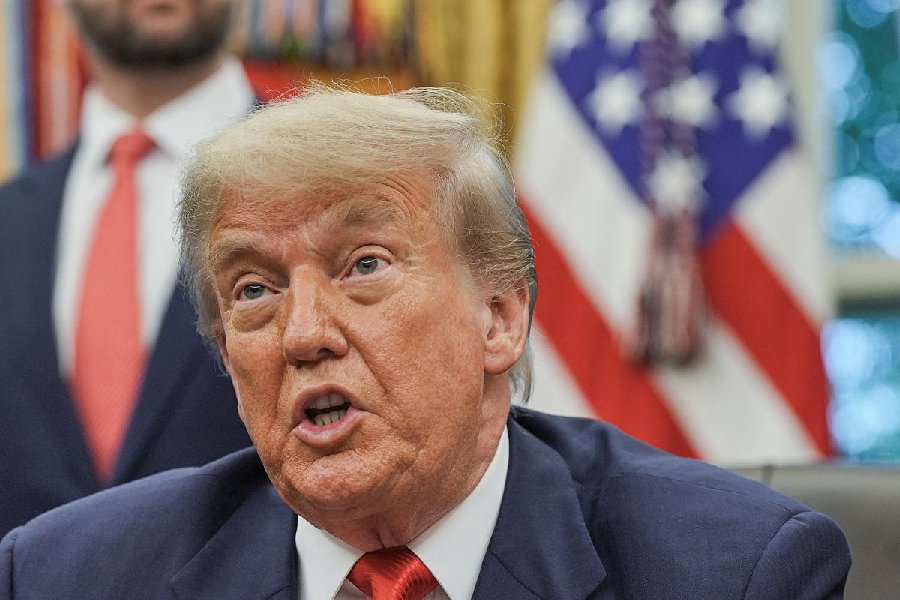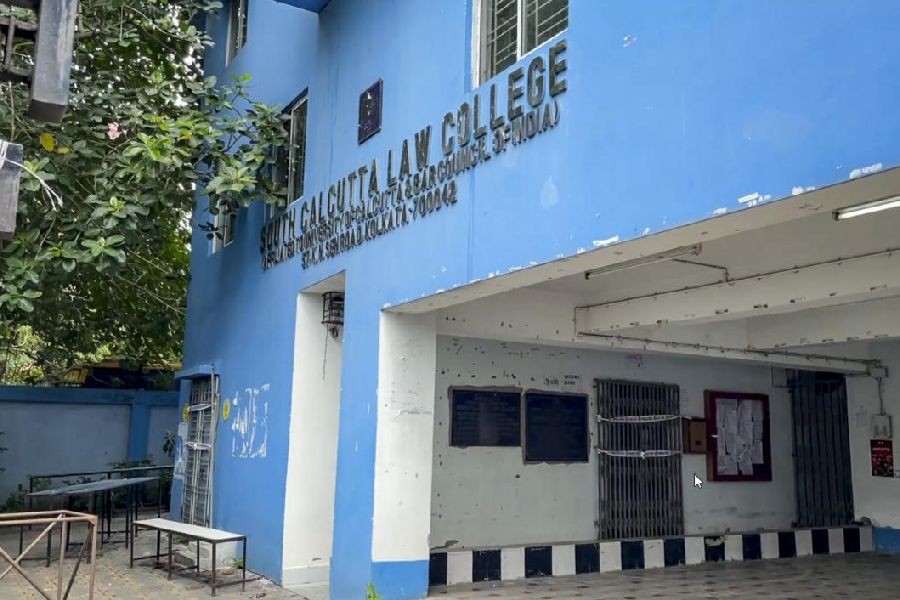Twenty-five years ago, the annual conference of the Odisha Society of the Americas (OSA) was comparatively a small affair with around 300-400 members attending the conference. It was more of a family get together to renew and refresh friendly relationship. The US Independence day weekend for the conference was like an annual pilgrimage for the Odias living in America and Canada. They all stayed in a college hostel and dormitory and there was a cultural programme by the members and their children.
Apart from seminars, subjects agitating the minds of members, one subject was permanently in the agenda how to inculcate Odia culture, language among the second generation of non-resident Odias born and brought up in USA and Canada. The conference also provided an occasion to demonstrate material progress and individual success stories. The acquisition of saris and ornaments remained a popular subject among the women attending the convention. Meeting your own people and speaking your own language provided much needed relief to otherwise a stressful life in America.
Due to immigration restrictions, migration from the Asian countries prior to the 1960s was limited and the Odias started moving to the US in small number since early sixties. The immigrants then were professionals, such as doctors, scientists and research scholars and so on.
The social life was limited to the meetings in weekends in an individual’s house and conversation centred around life in the past in Odisha. The desire to do some constructive work collectively in Odisha would also lead to exciting and heated discussions ending with fundamental differences in concept and approach by individuals. Kalinga Hospital in Bhubaneswar is one instance of the outcome of such discussions. The risk element was never taken into consideration while designing a business module.
However, at present, some Odia entrepreneurs from USA have established successful business enterprises in Odisha. More often than not the nostalgic conversation continued till the wee hours of night. For the early immigrants, ownership of a good house and a big car and good education of the children had been the status symbol and goal of life. The marriage in Odia family was simple and a member of the community acting as priest would solemnise the marriage simplifying the rituals followed by either dinner or lunch.
As luck would have it, a year after my arrival in New York, a God-sent opportunity came my way to visit San Francisco on the west coast to attend the OSA convention. The late Gopinath Mohanty was the chief guest and I was invited as the guest of honour. The participants’ disinterest in speeches of the guests was revealed when the speech of the chief guest and that of mine echoed in the half-empty conference hall. I met my old friends and relatives at the conference and I later travelled to the Los Angles by road brushing through stunning landscapes of the west coast of America.
During my diplomatic assignment, I had to visit many states on official tours, particularly to celebrate the Indian Independence Day or Republic Day. While one would see members of the other communities, Odias were conspicuous by their absence, nor visible in social and cultural events organised by Indian diplomatic missions. I remember a proposal at my initiative to create a chair at the University of Connecticut could not materialise because of lukewarm response from the non-resident Odias, which perhaps, could be attributed to the lack of desire to project the community. That would have been the first such chair named after an Indian state in that country.
Again, in 2009, I attended the OSA convention in the east coast at Trenton in New Jersey State as a guest of honour. The size and the ambience was somewhat different this time with the growing number of Odias in the US. The number had swelled manifold .The demographic transformation now predominated by comparatively younger people, IT professionals in the process outnumbering people in other fields. They appeared to be ambitious, confident and down to earth. The members preferred to stay in hotels rather than in college dormitories during the convention. Bonhomie was more boisterous and the cultural program included typical traditional Odissi, Champu and Chhanda presented after rigorous training by locally available talents.
In contrast to the scene 25 years ago, the convention hall was full and overflowing with participants. On the dais, the number of guests included representatives from the local government and eminent personalities from Odisha. In view of the large number of guests, the speeches made by them had to be short and limited to couple of minutes. As in San Francisco delegates also showed no interest in the speeches of the guests. The desire to project traditional Odia music and dance there was a refreshing experience.
The Odia cuisine prepared by the members or made under their supervision was shared and relished by the delegates and the second generation Odias attending the convention appeared to be excelling professionally with little care for the language and culture of their parents. They have adopted the American life in a remarkable way. Most of them are educated in prestigious universities, including some Ivy League institutions.
Apart from doctors and engineers, some of them are lawyers, chartered accountants, opera singers and entrepreneurs. In contrast to earlier scenario, one could see many young Odias married to Americans, Koreans, Chinese, Hispanics and brides belonging to other Indian communities. The marriages are now solemnised respecting the family tradition of both the bride and groom and, at times, with much pomp and show. There is a genuine concern that our cultural identity may not remain unless a well-planned effort is made from now to infuse the Odia cultural values from the childhood.
The Indo-US relationship has strengthened further in the last two decades. The US remains our largest trading partner, the largest source of investment. We now talk and take steps about the India-US strategic partnership. NRIs (non-resident Indians) are visible in all fields, occupy senior positions and are achieving a fair amount of success in their respective professions. The Indian community is now a growing, vibrant and dynamic community realising the American Dream. The time has come for the NROs (non-resident Odias) to take a more active role in the Indian community affairs and project the group as a model, despite being numerically small.


